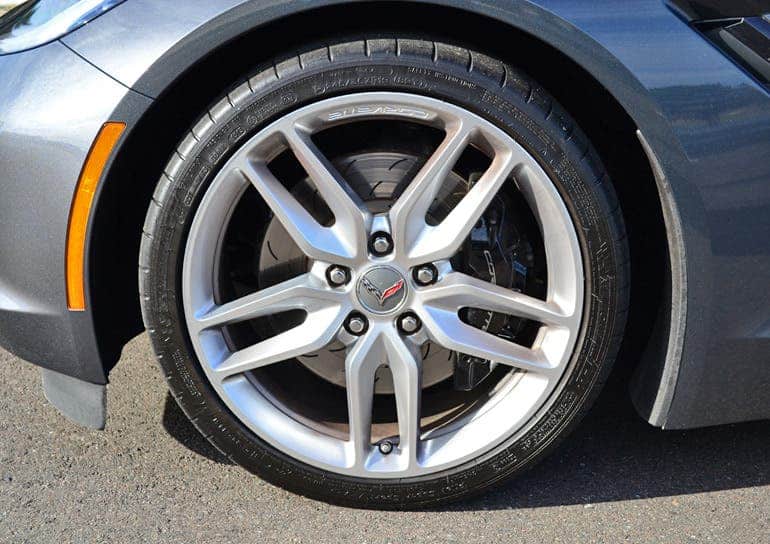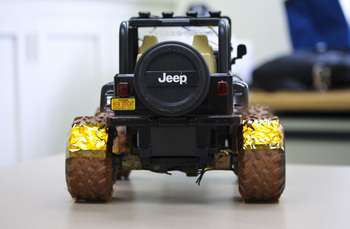Some 10% of the energy generated by an engine’s car is lost due to friction between tires and the pavement. What if you could harness this lost energy somehow? A group at University of Wisconsin-Madison in collaboration with researchers in China have found a ingenious way to collect and use this friction energy by effectively inserting nanogenerators into tires.

To harness the energy, the tiny generators rely on the triboelectric effect – electricity generator by friction. When two dissimilar materials come into contact (ie, rubber and asphalt), the surface of one material will generally steal some electrons from the surface of the other material. This makes one of the materials either positively or negatively charged. As long ago as 600 B.C., the Greek philosopher Thales knew that amber, when rubbed, would attract bits of paper and other light objects. A Teflon rod acquires a strong negative charge when rubbed with rabbit’s fur. You can try it out at home as nifty experiment. Bonus: put the Teflon rod near Styrofoam puffs and you’ll see how the puffs get attracted and stick to the rod.
Anyway, by transferring this charge through a circuit you can generate electricity. For their research, the scientists integrated thin electrodes inside the segments of a tire. When the tire comes into contact with the ground, the tire becomes charged and this is transferred via the electrodes. To test it out, the team used a toy car with LED lights to demonstrate the concept. As the toy car rolled across the ground, the LED lit. When the tires stop moving the lights went off, showing the triboelectric effects can work. However, it doesn’t demonstrate something like this is necessarily feasible.
“Regardless of the energy being wasted, we can reclaim it, and this makes things more efficient,” says Xudong Wang, the Harvey D. Spangler fellow and an associate professor of materials science and engineering at UW-Madison,
Most of the energy lost to friction is heat, and that can’t really be recovered. The movement of electrons due to friction isn’t spectacular, but it could be enough to generate some extra leverage. About 145 pico coulombs of charge transfer is generated for every joule of friction energy between rubber and the floor. Of course, extra energy is never bad. The question is whether integrating these kind of generators in tires is a good idea. Tires wear pretty fast. Imaging having to change the electrodes each time. Sounds like a lot of hassle for what seems a marginal improvement in fuel efficiency.

Wang is of a different opinion. He estimates about a 10-percent increase in the average vehicle’s gas mileage given 50-percent friction energy conversion efficiency, as reported in the paper Nano Energy. This definitely sounds interesting, but I’ll reserve skepticism until I see those results.



